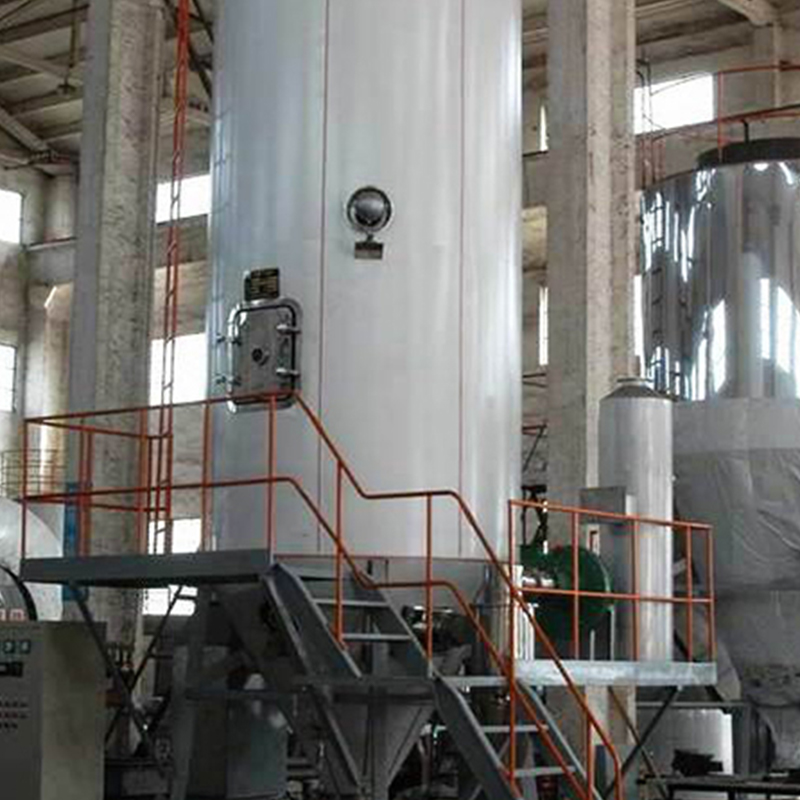Dryer Equipment How does drying efficiency and energy consumption perform in terms of heat transfer
The drying efficiency and energy consumption of drying equipment in terms of heat transfer are mainly reflected in the following key factors:
Heat transfer method:
Transfer heat from the heat source to the surface of the wet material through direct contact, such as a drum dryer.
Remove moisture from the material through the flow of hot air, commonly seen in air drying equipment or fluidized bed dryers.Heating the surface of the material through electromagnetic waves, such as microwave drying or infrared drying.
Thermal efficiency:
During the drying process, heat energy is divided into effective energy used to evaporate the moisture in the material and ineffective energy lost in the equipment. To improve drying efficiency, it is necessary to reduce heat energy loss, especially heat dissipation during heat conduction.
Efficient heat exchanger design can improve the utilization rate of thermal energy and reduce unnecessary heat loss.
Energy consumption and energy utilization:
Direct drying equipment (such as hot air dryers) consumes more energy, but has a higher transfer efficiency because the hot air is in direct contact with the material, promoting rapid evaporation.

Indirect drying equipment (such as belt dryers) conducts heat through the surface, with relatively low energy consumption but not as good heat transfer efficiency as direct drying methods.The energy consumption of drying equipment is inversely proportional to its thermal efficiency. The higher the energy utilization rate, the lower the energy consumption of the equipment.
Physical properties of wet materials:
The initial moisture content and moisture distribution of wet materials will affect the efficiency of heat transfer. High-moisture materials will quickly absorb a large amount of heat for evaporation in the initial stage, but as the moisture content decreases, the evaporation rate decreases and the heat utilization efficiency becomes lower.
Heat recovery system:
Drying equipment equipped with heat recovery devices can recycle waste heat in exhaust gas, reduce energy consumption, and further improve thermal efficiency.
The performance of drying efficiency and energy consumption mainly depends on the optimized design of heat transfer methods, the characteristics of wet materials, and the application of heat recovery systems.



 English
English русский
русский عربى
عربى Türk
Türk




